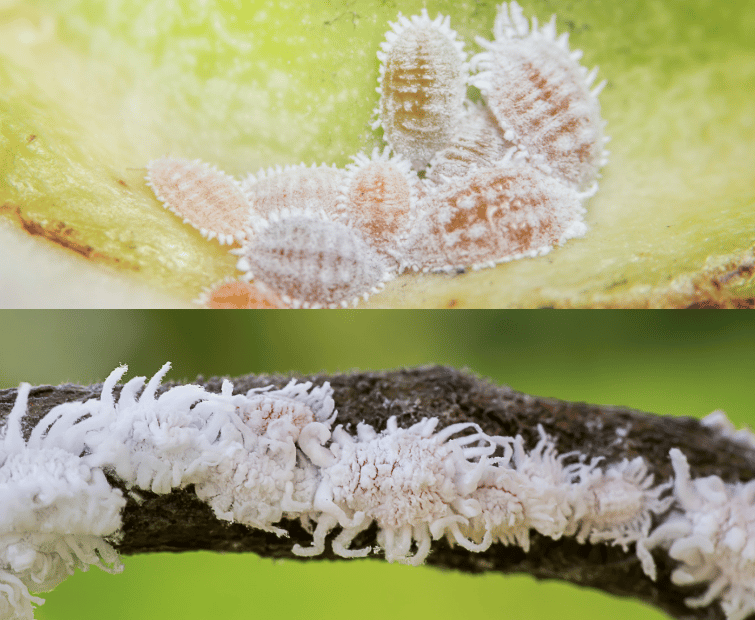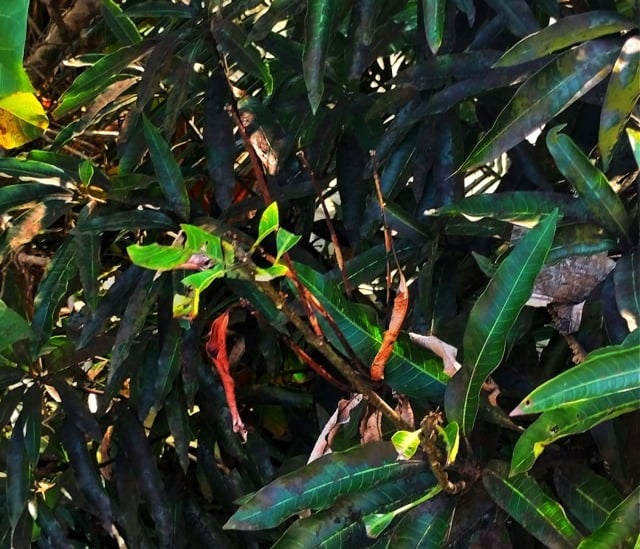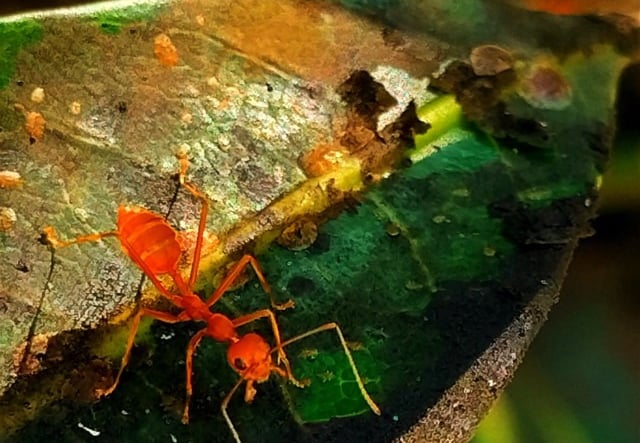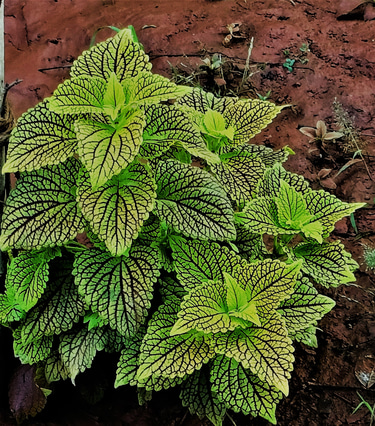Mango Mealy Bug and its Mamagement
Mango Mealy Bug, as any other Hemipteran insects, sucks the saps from flowers, leaves, tender shoots and tender fruits. Thus causes considerable damage to mango tree and in turn considerable economic loss to cultivators.
Satish Naik
4/13/20234 min read


The Mango, Mangifera indica, an evergreen tree with dense canopy, produces edible drupe type of fruits. Fruits are known for their savor and nutrition. Mangoes are either used on ripening or as raw in various cuisines and preparations. India is the largest producer of this King of Fruits, contributing around the 40% of worlds total production. China, Indonesia, Pakistan and Mexico are the other countries producing mangoes in considerable scales. Though India is a largest producer, in terms of export the country is lagging behind countries like Mexico, Brazil, Netherlands and USA. It is a well known fact that cultivation of mango trees are very productive and profitable venture when all the cultivation aspects are taken care of. One such aspect is insect-pest management. Mealy bug infestation is one of the important limiting factor, ignoring of which may cause considerable loss in terms of quality and quantity of yield.
Mango mealy bug, scientifically known as Drosicha mangiferae, like any other Hemipteran insects, suck the saps from host plants to cause damage to trees to reduce its vigor and its fruit bearing ability.
Mealy Bugs Infestation in Mango and Its Management
It is important to know about mouth part of Hemiptreran, a piercing and sucking type. This kind of mouth part is characterized by the presence of beak or stylet which is a modified maxillae and mandible, sheathed inside modified labia. The stylet is double channeled, one out flows saliva into feeding area and another sucks the saps. Both the functions are performed simultaneously. The mouth parts are assisted by enough dilatory muscles for necessary expansion and contraction. Stylet is contracted and hidden under the body when not in use. Saliva secreted during feeding includes enzymes like amylase for hydrolyzing the starch and poly-galacturonase to weaken the cell membrane. Thus, the digestion of sap starts before its entry into insect body.
Mouth part of Hemipteran insects:


Out break of mealy bugs in mango mostly coincides the flowering stage. Both female adults and nymphs suck the sap from inflorescence, tender shoots, leaves and peduncles of fruits. Insect affected portions become withered and malformed. Inflorescence wither before fruit formation and dropping of fruits at tender stage is very common. Infestation in later stage may cause deformed and lesser sized fruits. Sticky substances secreted from the insects while feeding forms blackish molds. At times, in association with fungus Meliola Mangiferae, sooty mold formation is worsen at affected parts. The condition affects the photosynthesis to reduce its productivity and vigor of the trees.
The Nature of Damage:


Pictures of affected Mango leaf with sooty mold and honey dew which attracted red ant, Oecophylla smargdina.
Mango mealy bugs exhibit univoltine type of life cycle, where they can complete only one life cycle in a year, with a life span of 80 to 150 days. Male bugs which are winged, start mating immediately on becoming adult and die instantly after mating. Wingless female bugs start producing eggs immediately after mating and carry 300 to 400 eggs. The egg carrying females move downwards along tree trunks to reach soil, where they lay eggs. Here eggs are laid in sticky sacs, just beneath the soils during April-May, within a radius of few meters around the host trees. Eggs undergo dormancy initially and hatch only during November and December, only when congenial conditions prevail. On hatching, nymphs start climbing the tree trunks to reach plant canopy. There they start feeding by sucking the saps from leaves, tender shoots, inflorescence, etc. Nymphs have 3 instar's juvenile stage, first one is of longer period of 45 to 75 days, next is of relatively shorter period of 20 to 40 days and shortest 3rd stage of 15 to 30 days.
The Life Cycle of Mango Mealy Bugs :
Better management of mango mealy bug can be achieved at consistent and eco-friendly way by combining cultural, mechanical, biological and chemical means of practices .
A polythene bands of 400 gauze, of width 25 cm, may be fastened around tree trunks to make nymph unable to climb the tree. This should be done well in advance, before the of eggs start hatching, which happens during November and December. This has to be fastened 50cm above ground level, but just below the the point where tree starts branching.
Along with the preventing of nymphs moving from soil to tree canopy, obstructing of movement of egg carrying female bugs climbing down the tree is also equally important. To achieve the same, the poly sheets fastened may be folded at the top into funnel shape. Installing of sticky pheromone traps are also useful.
Ploughing during summer, around the trees may be effective to destroy the eggs.
Removal of weeds which may act as alternate host plants to mealy bugs in the orchard.
Use of Cryptolaemus montrozieri, a lady bird beetle, which may act as a bio control agents against mealy bugs. In this case beetles lay eggs in egg sac of bugs and grubs on hatching, start feeding on eggs and nymphs' of later.
Suitable chemical control measures are to be taken with right chemicals and at dosages. Chemical sprays may be taken up over tree canopy to kill sap sucking nymphs and female adults.
Integrated management of Mango mealy Bugs:
Though the mango mealy bug is a devastating insect pest of mango and causes considerable yield loss when it is left unattended. The same can be controlled by adopting suitable control measures. Here stages of insect's life cycle are mostly time specific and taking up of timely measures are more fruitful. Combining cultural, mechanical and biological practices with chemical means is more appropriate and appreciable.
Newsletter
Sign up for our newsletter and get notified about all new posted articles.
ADDRESS
House No. 2-113(P), Visnumurthynagar, Kelarkalabettu, Thenkanidiyuru, Udupi
cONTACT
7975809540
satishmqc362@gmail.com
